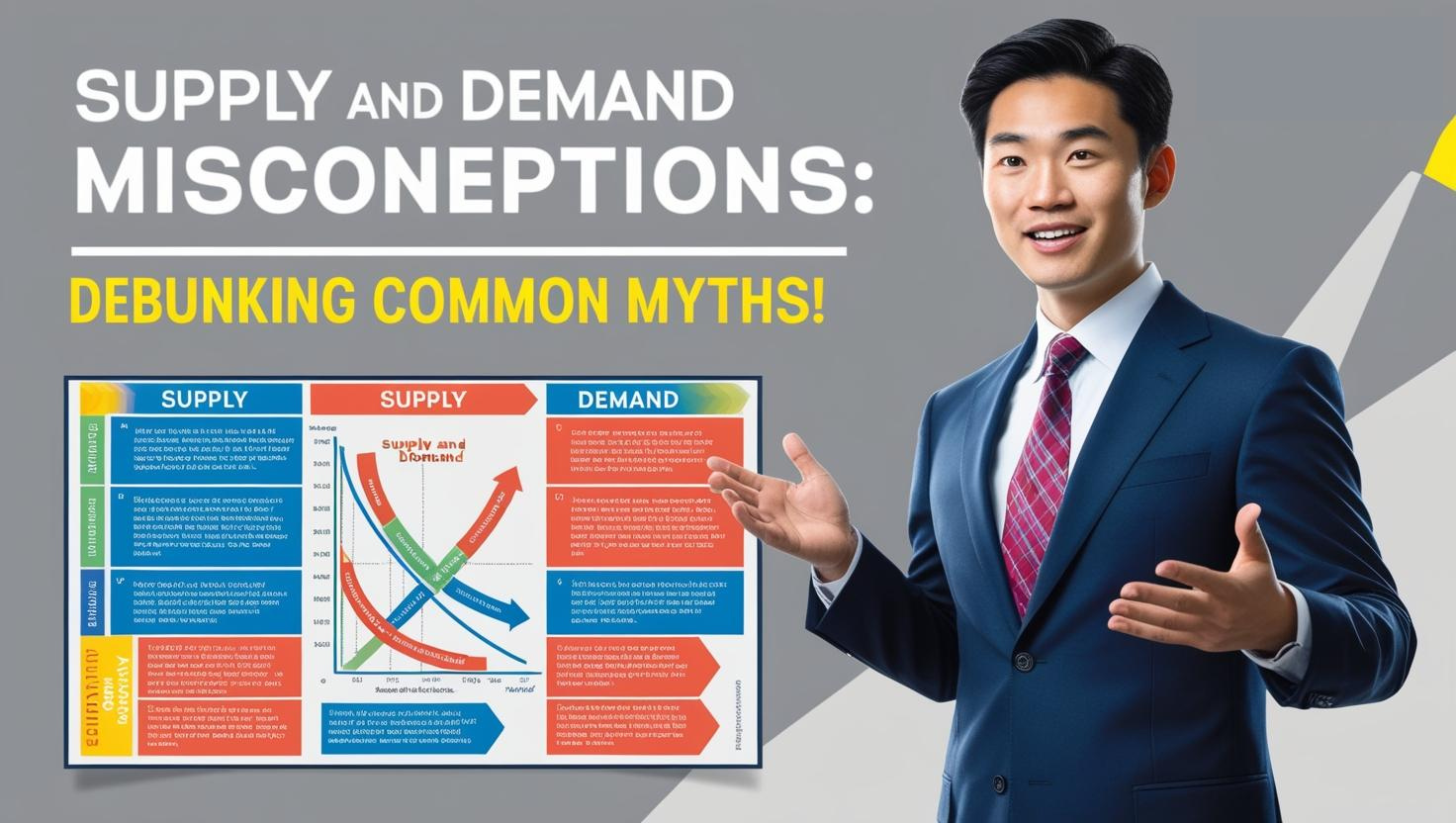Supply and Demand Misconceptions: Debunking Common Myths!
Supply and demand form the foundation of market movements, influencing price action and trading decisions. However, many traders fall into the trap of misunderstanding key principles, leading to ineffective strategies and poor risk management. In this article, we will address what are the wrong concepts of supply and demand and clear up some of the biggest supply and demand misconceptions.
Misconception #1: Supply and Demand Zones Are Always Static
One common mistake traders make is believing that supply and demand zones are rigid and unchanging. While historical price levels where strong buying or selling occurred are significant, these zones are dynamic and can shift over time. Institutional traders adjust their orders based on market conditions, making it essential for traders to remain flexible and reassess zones as price evolves.
Misconception #2: Price Will Always Reverse at Supply and Demand Zones
Another misleading belief is that price will always reverse once it reaches a supply or demand zone. While these zones represent areas of interest, they do not guarantee an immediate reversal. Sometimes, price consolidates, breaks through, or retests multiple times before making a decisive move. Understanding market context and additional confirmation signals is crucial when using supply and demand in trading strategies.
Misconception #3: The Bigger the Zone, the Stronger It Is
Many traders assume that larger supply and demand zones are more powerful. However, what truly matters is the strength of the orders within the zone. A narrow, well-defined zone with strong institutional participation often holds more weight than a broad, loosely defined area. Analyzing volume, price action, and liquidity at these zones provides better insight into their effectiveness.
Misconception #4: Supply and Demand Work the Same Way in All Market Conditions
Markets are influenced by external factors such as news events, economic releases, and sentiment shifts. A supply and demand strategy that works well in a ranging market may be ineffective in a trending market. Traders must adapt their approach based on the broader market context rather than blindly applying the same rules across different conditions.
Misconception #5: Every Price Move Represents Supply and Demand Imbalances
Not every price movement is driven by true supply and demand imbalances. Market noise, stop hunts, liquidity grabs, and algorithmic trading can all contribute to short-term fluctuations that do not necessarily reflect genuine shifts in buying or selling pressure. Differentiating between real institutional order flow and market manipulation is essential for accurate trading decisions.
Additional Resources
For traders looking to deepen their understanding of supply and demand trading, consider enrolling in our Supply and Demand Trading Masterclass: Enroll Here.
If you’re searching for a reliable broker to implement your strategies, check out IC Markets: Sign Up Here.
Conclusion
Understanding what are the wrong concepts of supply and demand is critical for refining your trading strategy and avoiding common pitfalls. By recognizing that supply and demand zones are dynamic, do not guarantee reversals, and require contextual analysis, traders can make more informed decisions. Keep refining your approach and stay adaptable to market conditions to improve your success rate with supply and demand trading.
Do you struggle with any of these supply and demand misconceptions? Share your thoughts and experiences in the comments below!









